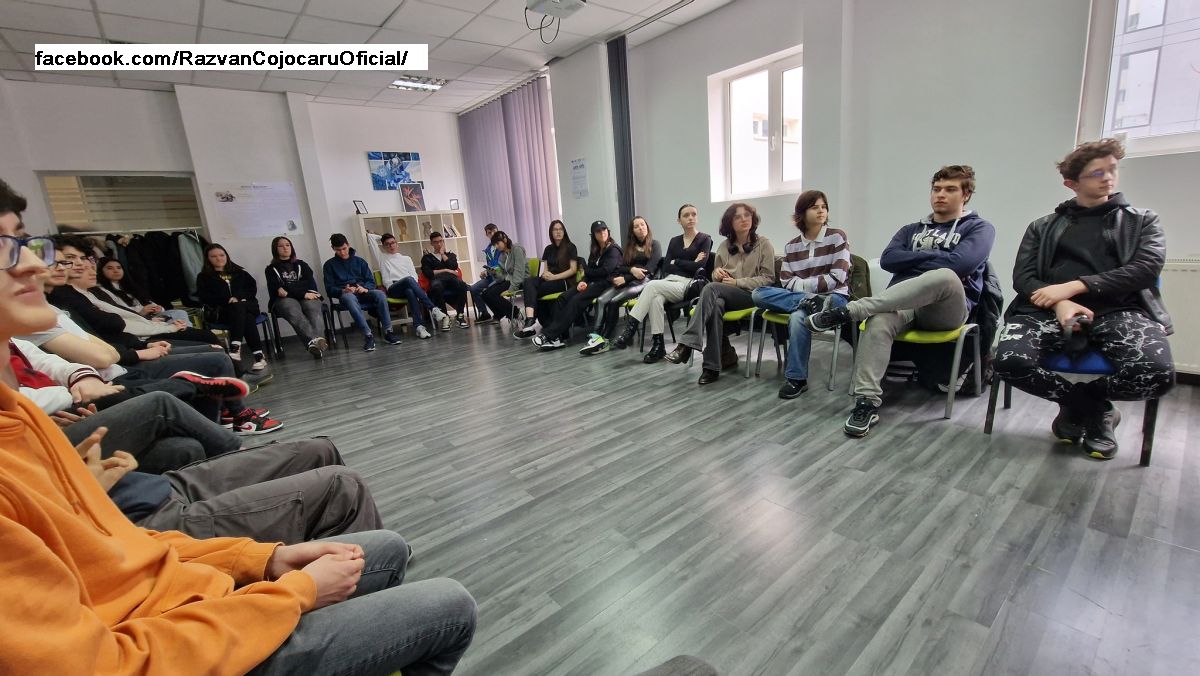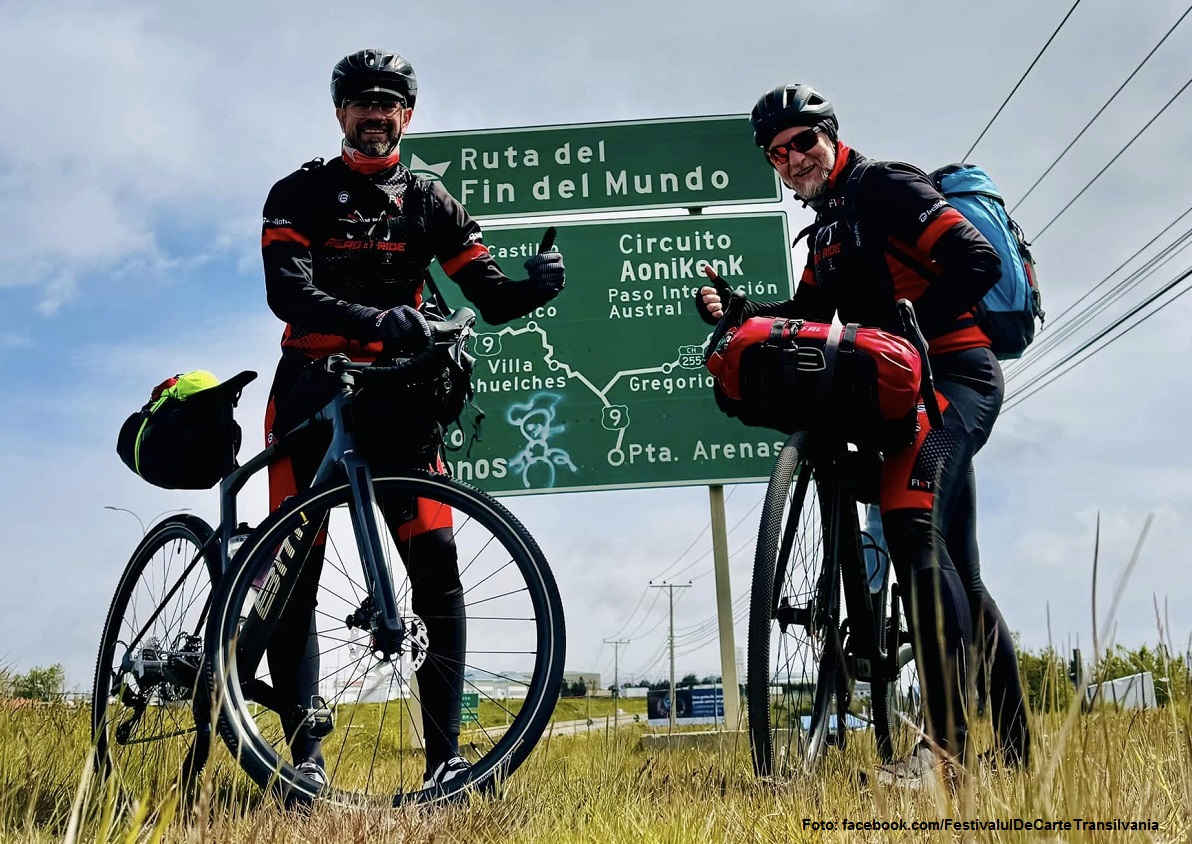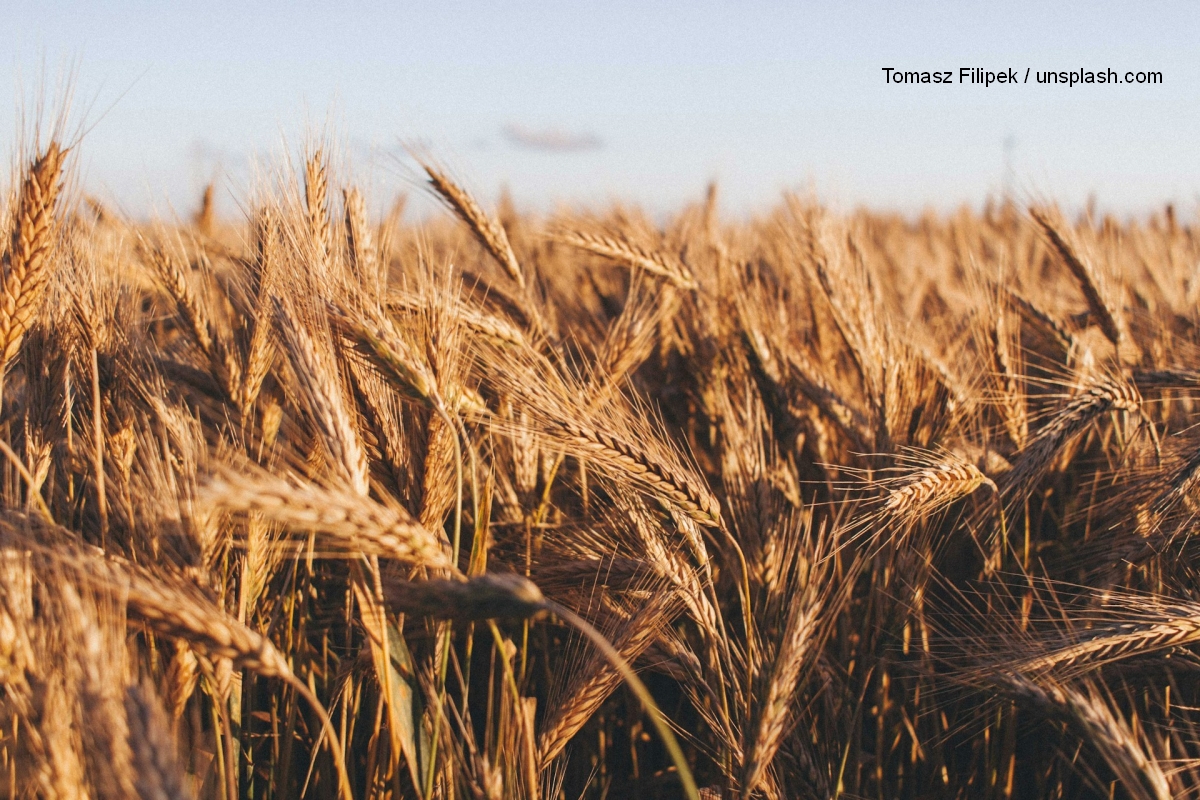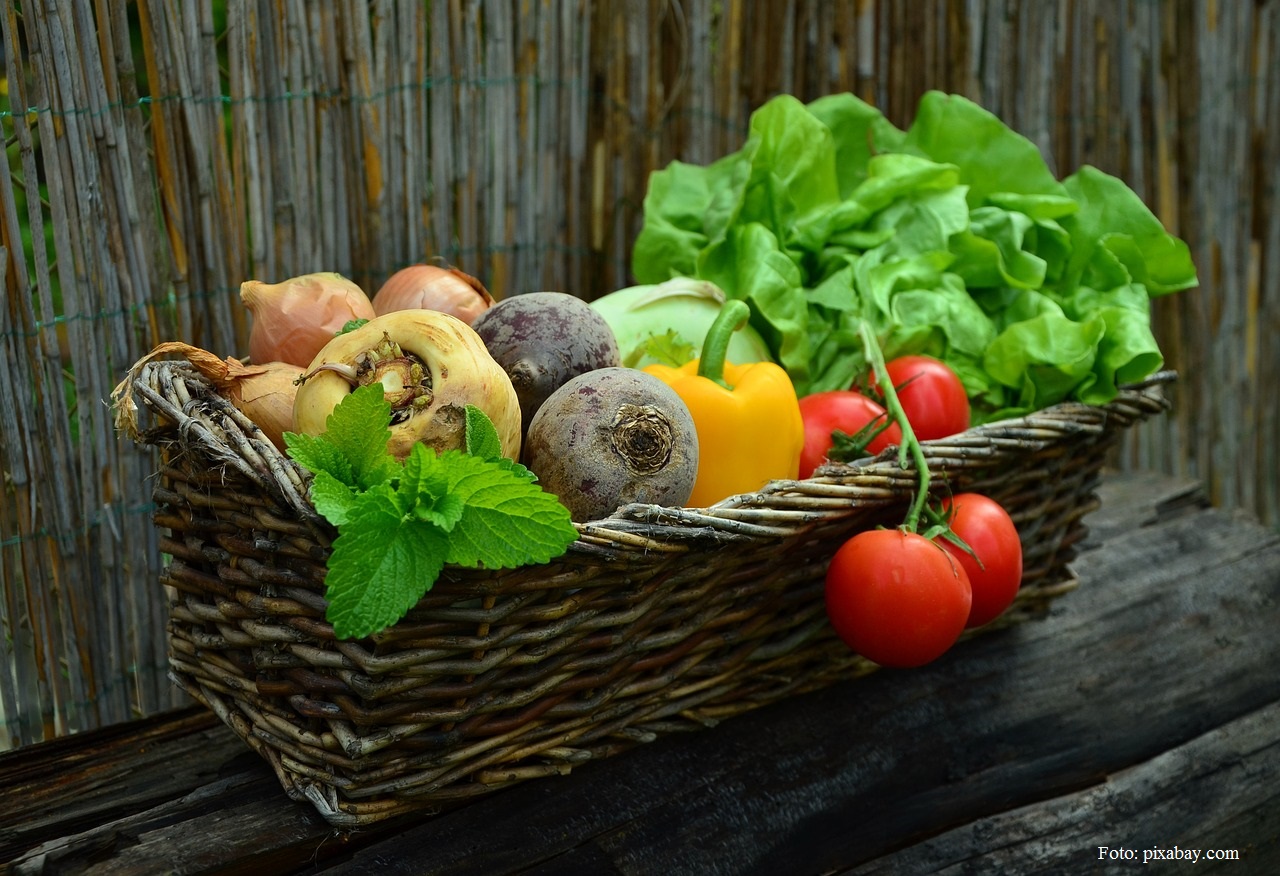A museum of chocolate in Bucharest
A delightful new experience for the people of Bucharest
Warning: Trying to access array offset on null in /home/web/rri.ro/public/wp-content/themes/rri/template-parts/content.php on line 53
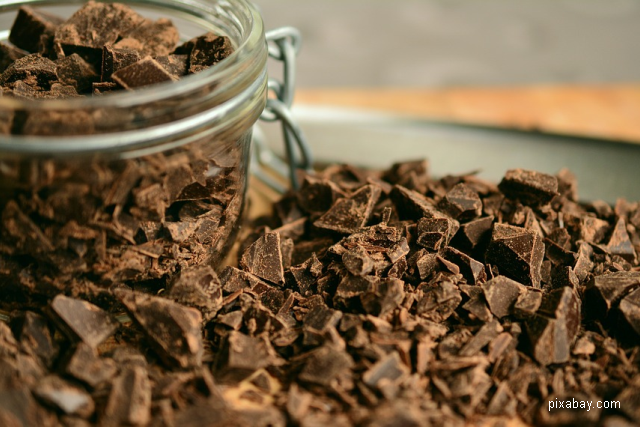
Warning: Trying to access array offset on null in /home/web/rri.ro/public/wp-content/themes/rri/template-parts/content.php on line 98
Ana-Maria Cononovici,
09.07.2019, 12:49
The premises
we’re walking into are bright and welcoming. On the boarded floor we can see traces
of chocolate-like steps and we can smell the sweet scent of the miraculous
dessert. We’re in a museum of chocolate. Nothing special about chocolate today.
Well, apparently…Had it not been brought to Europe 500 years ago at the court
of a Spanish king by explorer Hernando Cortes, today chocolate would not have
been included on the list of forbidden pleasures…Don’t eat chocolate at night
as you’re sure to get insomnia. Don’t eat too much of it, as you will put on
weight.
The early days of chocolate can be traced thousands
of years back, when the cultivation of the cocoa tree was reported on a large
scale in South America. Christopher Columbus in 1502 was the first explorer to
have seen and touched the cocoa grains in the New World. Brought over to Europe,
the cocoa grains were not given the attention they deserved because nobody knew
what they were good for. In 1519, conquistador Hernando Cortes discovered the Aztec
leader Montezuma used to drink a brew made of cocoa seeds, known as chocolatl.
Montezuma drank around 50 cups a day. Montezuma invited Hernando Cortes to have
the royal drink, which he found a little bit bitter for his taste. However, the
Spaniards added sugar cane and enriched its flavor, also adding vanilla and
cinnamon. Furthermore, they discovered the brew was tastier if served hot. And
ever since, Spanish aristocracy began to appreciate the miraculous drink they
did not reveal to the rest of Europe for a century. It was the Spanish monks
who made public the recipe for the preparation of the drink which was rapidly
held in high esteem by the Royal Court of France and later by that in Great
Britain.
If you want to find out more about the story of
chocolate, make sure you visit the museum in Bucharest. We’ve been there and
were welcomed by the director of the museum, Augustin Plesa.
The idea is not an original one, I cannot brag about it; four years ago I was
on a city-break in Dublin with my wife and as we were taking a walk the museum
of chocolate there just happened to be in our way, we took time to visit it,
then we also went to Vienna to visit the museum near the chocolate factory
there. And, using the Internet, with help provide by some IT specialists, we
did a 6-minute film, so that visitors can get an idea about the natural
environment of the cocoa tree. So that they may also learn a little bit about
the chocolate-making technology. In the museum, we show something I myself did
not know until four years ago. We show how the cocoa drink was served in South
America for hundreds of years, we offer info on Montezuma, on the Aztecs, the
Mayans, and then we come a little bit closer to the modern times, to Cortes,
who brought chocolate to the court of the Spanish king. Then we have a sample
of cocoa tree, we have samples of cocoa fruit, or seeds. Then we have a couple
of statues of South American natives, with the tools they used for picking
activities. We have a couple of scales, grinders used for the cocoa powder. We
have played a little bit ourselves and made chocolate statues, we even have an
Eminescu, a replica of Jalea’s sculpture. The workshop is our strongpoint. As
soon as we’ve seen the movie, as soon as the chocolate-maker on duty has taught
us how pralines were made, how chocolate comfits are made, there is also a
hands-on demonstration, we have a tasting session at the chocolate fountain and
then there’s the workshop, the strongpoint, where the visitor is given a
chocolate tablet and from the chocolate maker they receive a fountain pen made
of white chocolate with which they write messages for their dearest, or they
can draw something, they can put the lid of the chocolate back and offer it as
a gift.
The
director of the Chocolate Museum, Augustin Pleşa, has told us more on the
visitors’ reactions:
It is a tasty, sweet visit and most tourists are
really surprised of what they see, just as I was four years ago, because I
didn’t know how cocoa powder is produced. I didn’t know that cocoa is a
spectacular fruit, just like you can see in our photos and after taking a look
at the cocoa beans we have here, as samples.
It’s
also Augustin Pleşa who has unveiled the secrets of making chocolate to us:
There are no special secrets,
just a correct mix of the right amounts of cocoa butter and cocoa powder. This
is called conching: the more homogenous the mixture, the tastier the chocolate.
The mixture is then tempered, and we have a tempering machine to show little
secrets to our visitors, as chocolate should also have a silky, smooth texture.
The mixture is then placed in moulds, air bubbles are removed, in a process
similar to that of making bricks.
As
many chocolate statues are put on show in the museum, including a bust of
Eminescu, the Romanians’ national poet, we’ve asked Augustin Pleşa how such a
statue is made:
A statue is covered in chocolate
and this is just a replica. The other statues, too, are replicas. Chocolate
should be kept at a temperature of maximum 20 degrees Celsius in order not to
melt. We’ve learnt that, too, because I used to store chocolate in the fridge
and lower temperature spoilt the taste. There is also another reason for keeping the chocolates out of the fridge.
Chilling and then exposing chocolate to warmer air cause condensation on the
surface, which dissolves some of the sugar. This will then re-crystallize,
leaving a white surface layer. That’s why chocolate should not be stored in the
fridge. We teach people to do that in the museum, too.
This
is a museum which might become one of the attractions of Romania’s capital
city!

